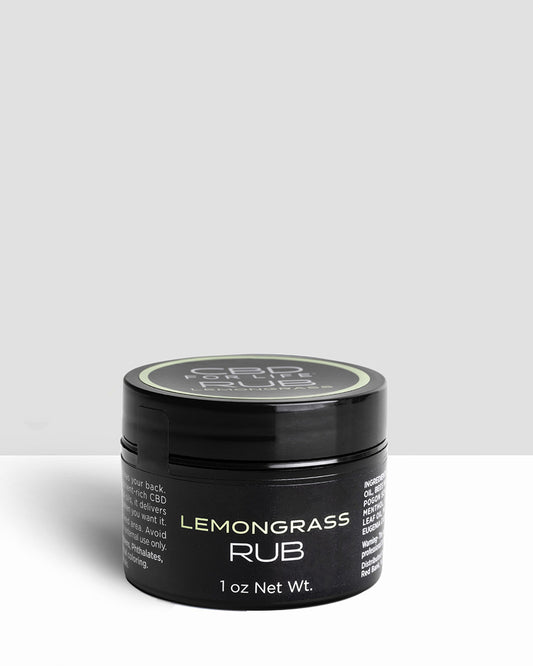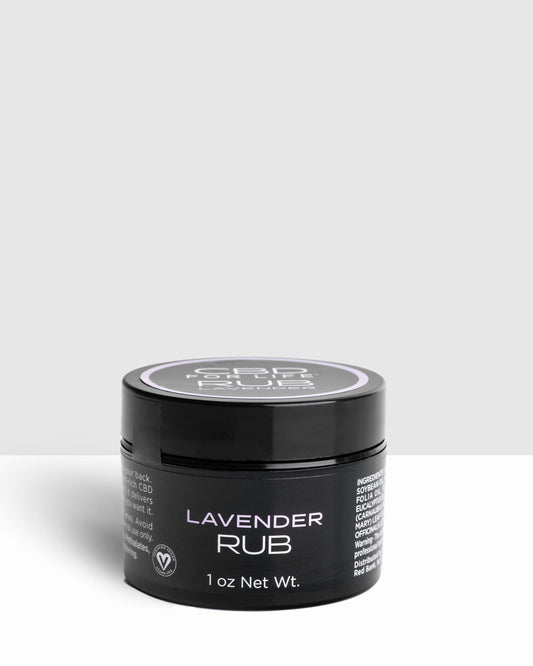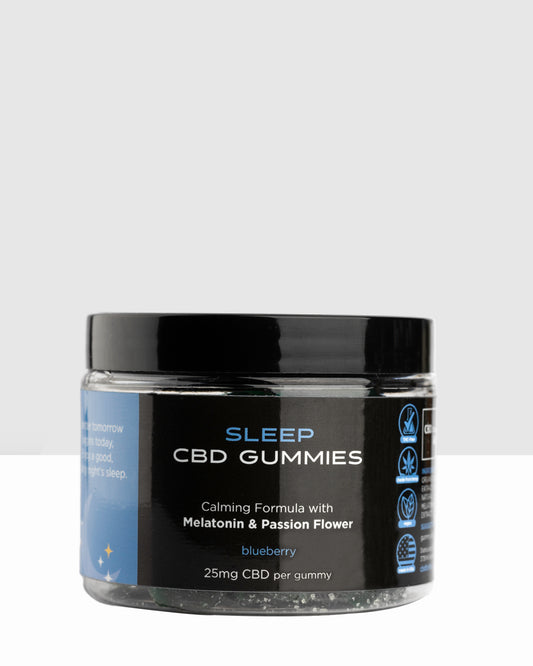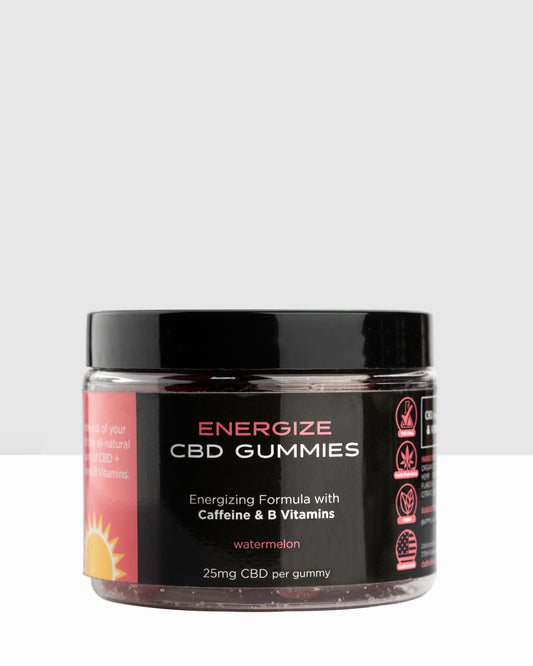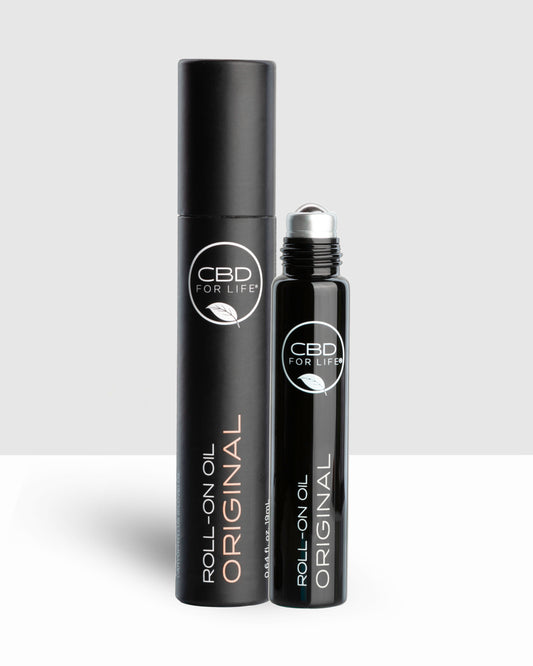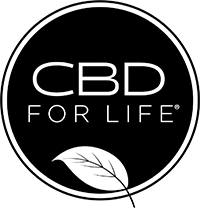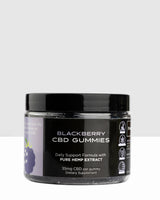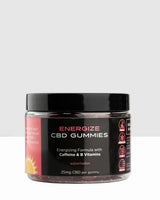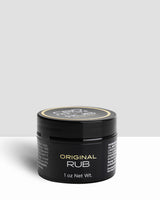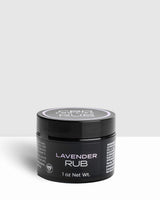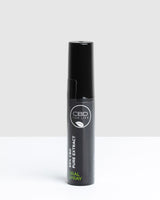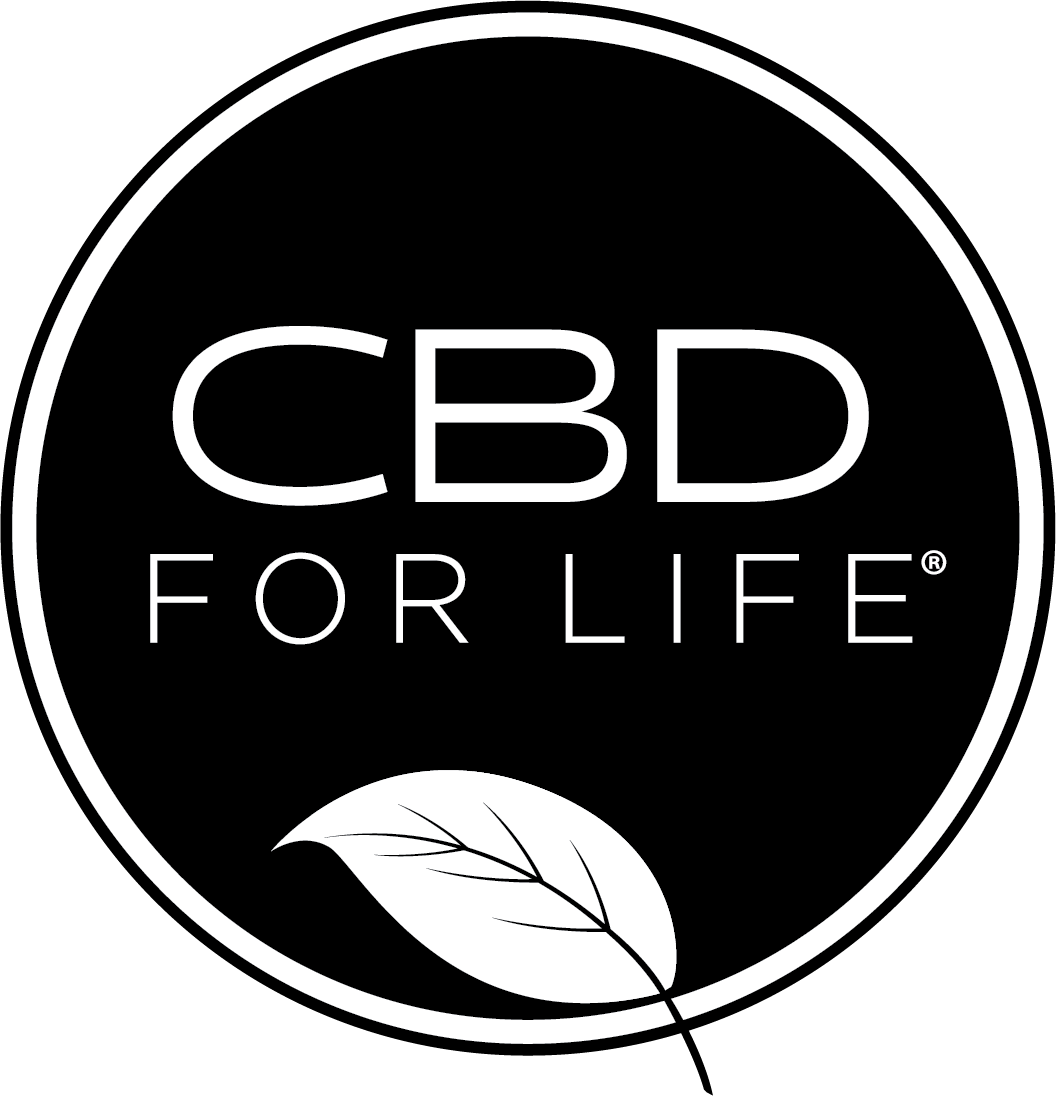
Where Does CBD Come From?
Share
CBD, which stands for cannabidiol, is a natural compound derived from the cannabis plant. With over a hundred cannabinoids identified in cannabis, CBD has garnered significant attention due to its distinct properties. Unlike its well-known counterpart THC (tetrahydrocannabinol), CBD does not induce psychoactive effects commonly associated with marijuana.
Instead, it is known for its potential therapeutic benefits. As a result, CBD has gained immense popularity in recent years as individuals seek natural alternatives to address various health and wellness concerns.
From pain management and anxiety reduction to promoting better sleep and alleviating inflammation, CBD offers a promising avenue for those exploring holistic solutions. Its non-intoxicating nature, coupled with its potential benefits, has captured the interest of consumers and researchers alike. In this article, we will discuss the origins of CBD oil, hemp derived CBD, the cannabis sativa plant, and most importantly, where does CBD come from.
Origins and Sources of CBD: Nature's Beneficial Gift

CBD, an intriguing non-intoxicating compound with potential health benefits, finds its origins in hemp, a fascinating variety of the cannabis plant. Distinguished by its low THC content (less than 0.3%), hemp stands apart from marijuana, ensuring that CBD derived from it does not induce psychoactive effects.
This botanical wonder boasts an abundance of CBD, alongside fiber and other valuable compounds, making it the primary source for CBD production.
Unveiling a Complex Cannabis Family
If you are wondering where does CBD come from, unfortunately, the answer cannot be contained in a few lines. Beyond hemp, CBD can also be sourced from marijuana, unveiling the diverse facets of the cannabis family. The critical differentiating factor lies in the THC content, with hemp containing minimal amounts while marijuana harbors higher concentrations.
It is crucial to recognize this disparity in medical cannabis used, as CBD oil extracted from marijuana may be subject to varying legal restrictions due to its association with THC and its potential psychoactive effects.
CBD Extraction from the Cannabis Plant
CBD is skillfully extracted from the cannabis plant using a range of sophisticated methods. Within this botanical treasure, trove lie an array of compounds, including cannabinoids, terpenes, and flavonoids.
To obtain pure CBD, an extraction process is employed, eliminating undesired components and isolating the precious compound. Techniques like CO2 extraction or solvent extraction are commonly employed to yield high-quality CBD.
By conscientiously sourcing CBD predominantly from hemp and employing meticulous extraction methods, manufacturers can offer CBD products that adhere to rigorous quality standards and legal requirements.
It is of utmost importance to ensure the procurement of CBD oil products from reputable sources, guaranteeing consumer safety while upholding the veracity of the information provided.
CBD Extraction Process: Harnessing the Essence
The extraction process lies at the heart of obtaining CBD from the cannabis plant, encompassing an array of methods that offer distinct advantages and considerations. Among these, two widely recognized techniques are CO2 extraction and solvent extraction.
CO2 Extraction: The Gold Standard of Precision
Considered the pinnacle of extraction methods, CO2 extraction relies on the controlled application of carbon dioxide to extract CBD from the plant material.
By subjecting CO2 to specific temperature and pressure conditions, it transforms into a supercritical state, acting as a solvent to selectively draw out CBD oil while leaving behind undesirable compounds.
This meticulous approach yields a pure and potent CBD extract that beautifully retains the plant's beneficial properties.
Solvent Extraction: Unleashing the Potential
Solvent extraction involves utilizing solvents such as ethanol, butane, or propane to separate CBD from the plant material. The process dissolves CBD and other desired compounds, creating a solution that undergoes further processing to eliminate the solvent, resulting in a concentrated CBD extract.
It is crucial to note that utmost care must be taken in selecting the solvent and implementing the extraction process to ensure the safety and purity of the final product.
Importance of Proper Extraction Techniques: Nurturing Quality and Safety
The extraction process plays a pivotal role in CBD production, dictating the quality, potency, and safety of the end product. Emphasizing proper extraction techniques is vital for several compelling reasons:
Preservation of the Cannabinoid Profile:
Employing the right extraction method safeguards the desired cannabinoids, including CBD oil, while minimizing the loss of other valuable compounds, such as terpenes and flavonoids. This preservation fosters the synergistic effects known as the "entourage effect," which may enhance CBD's potential benefits.
Removal of Unwanted Substances:
A meticulous extraction process effectively eliminates unwanted elements like pesticides, heavy metals, and residual solvents. Rigorous testing and adherence to regulatory guidelines ensure that CBD products remain free from harmful contaminants, upholding consumer well-being.
Consistency and Potency:
Precise extraction techniques empower manufacturers to maintain consistent CBD potency across different batches. This reliability ensures that consumers can place trust in the label claims and confidently administer accurate dosages.
Safety and Compliance:
Adhering to proper extraction techniques and regulatory standards guarantees the safety and compliance of CBD products. Manufacturers dedicated to Good Manufacturing Practices (GMP) and third-party lab testing provide consumers with the assurance of superior quality.
The choice of extraction method significantly shapes the quality, potency, and safety of CBD products. Employing techniques like CO2 extraction or solvent extraction ensures the retention of valuable compounds while adhering to strict safety standards.
Manufacturers committed to these practices deliver high-quality CBD products, enabling consumers to embark on their wellness journey with confidence.
CBD and THC: Distinct Sources of Therapeutic Potential
CBD and THC are two prominent compounds found in the cannabis sativa plant. While they belong to the same family of cannabinoids, they exhibit distinct properties and effects on the human body.
CBD is non-intoxicating and does not produce the psychoactive "high" associated with marijuana use. It is known for its potential therapeutic benefits, such as promoting relaxation, reducing anxiety, and alleviating pain and inflammation.
On the other hand, THC is the psychoactive compound responsible for the intoxicating effects of marijuana. It binds to cannabinoid receptors in the brain, resulting in euphoria, altered perception, and a sense of relaxation.
Distinguishing CBD and THC Extraction Processes
The extraction processes for CBD and THC can differ based on the desired compound and the legal considerations surrounding it.
CBD extraction primarily focuses on obtaining CBD-rich extracts from hemp plants. As discussed earlier, methods such as CO2 extraction or solvent extraction are commonly employed to isolate CBD from hemp seed oil while minimizing the presence of THC and other unwanted compounds.
THC extraction, often associated with marijuana, typically involves techniques aimed at maximizing THC content while minimizing other cannabinoids and impurities. This allows for the production of THC-rich extracts for medicinal or recreational use where legally the cannabis industry permitted.
It is important to note that the legality, safety, and appropriate usage of CBD and THC products vary depending on regional regulations and individual circumstances. Consumers should exercise caution, consult with healthcare professionals, and obtain products from reputable sources to ensure compliance and mitigate any potential risks.
CBD Concentration: Unveiling the Hemp Plant's Hidden Treasures

When it comes to extracting CBD from hemp seeds, understanding the distribution of CBD isolate concentration within the plant is essential. Different parts of the hemp plant contain varying levels of CBD.
CBD-Rich Flower Buds:
The flower buds of the hemp plant are known to contain the highest concentration of CBD. These small, resinous blossoms are meticulously harvested and processed to extract CBD-rich oil, maximizing the potency and therapeutic potential of hemp oil in the final product.
CBD Content in Leaves and Stems:
While the flower buds boast the highest CBD levels of thc itself, leaves and stem also contain CBD, although in lower concentrations. Although they are not as CBD-rich as flower buds, extracting CBD from these plant parts can still be valuable in optimizing resource utilization during the extraction process.
Influential Factors: Cultivating CBD-Rich Hemp
Several factors contribute to the CBD concentration in hemp plants, ensuring a successful CBD extraction process. Cultivation practices and genetic factors play pivotal roles in achieving desirable CBD levels in cannabis plants.
Cultivation Practices:
The cultivation process significantly impacts the CBD concentration in hemp plants. Factors such as soil quality, nutrient availability, irrigation, and light exposure all influence the plant's ability to produce CBD.
Implementing sustainable farming techniques, optimal growing conditions, and proper plant care can maximize CBD isolate content and overall plant health.
Genetic Factors:
The genetic makeup of the hemp plant plays a crucial role in CBD production. Selecting hemp plants varieties specifically bred for high CBD content increases the likelihood of obtaining CBD-rich hemp plants generally. Through careful breeding and genetic selection, cultivators can enhance CBD levels, resulting in more potent extracts during the extraction process.
By understanding the distribution of CBD concentration within the hemp plant and considering influential factors during cultivation, CBD extraction can yield high-quality products with optimal CBD content. This knowledge empowers manufacturers to deliver CBD extracts that harness the plant's therapeutic potential effectively.
As consumers, it is important to be aware of the source and cultivation practices of CBD products. Choosing reputable brands that prioritize sustainable cultivation, quality genetics, and responsible extraction methods ensures that the hemp derived CBD products we use to meet our expectations in terms of potency and efficacy.
Conclusion:
CBD offers a wide range of potential benefits, including relaxation, anxiety reduction, pain relief, and inflammation reduction. As a result, it has become available in various forms, including oils, tinctures, topicals, and edibles, allowing individuals to choose the most suitable option for their needs.
Looking to the future, advancements in CBD extraction and production from industrial hemp can be expected. With the increasing demand for CBD, manufacturers may explore innovative techniques to enhance extraction efficiency, improve purity, and maximize its therapeutic potential. Research and development efforts may also focus on optimizing cultivation practices and genetic factors to increase hemp derived CBD concentrations in hemp plants, leading to more potent and effective products.
In this journey of unlocking the potential of CBD, it is crucial for consumers to stay informed and make educated decisions. Consulting with healthcare professionals, understanding regional regulations, and obtaining CBD products from reputable sources are essential steps to ensure safety and effectiveness.
CBD has transformed the wellness landscape, offering a natural alternative for individuals seeking holistic solutions. By embracing the power of CBD, individuals can embark on a path towards improved well-being and a more balanced life. Remember to prioritize your health and choose high-quality CBD products that align with your needs and values.
With its growing popularity, ongoing research, and potential advancements in extraction and production, CBD continues to unleash its full therapeutic potential, bringing hope and benefits to individuals worldwide.

